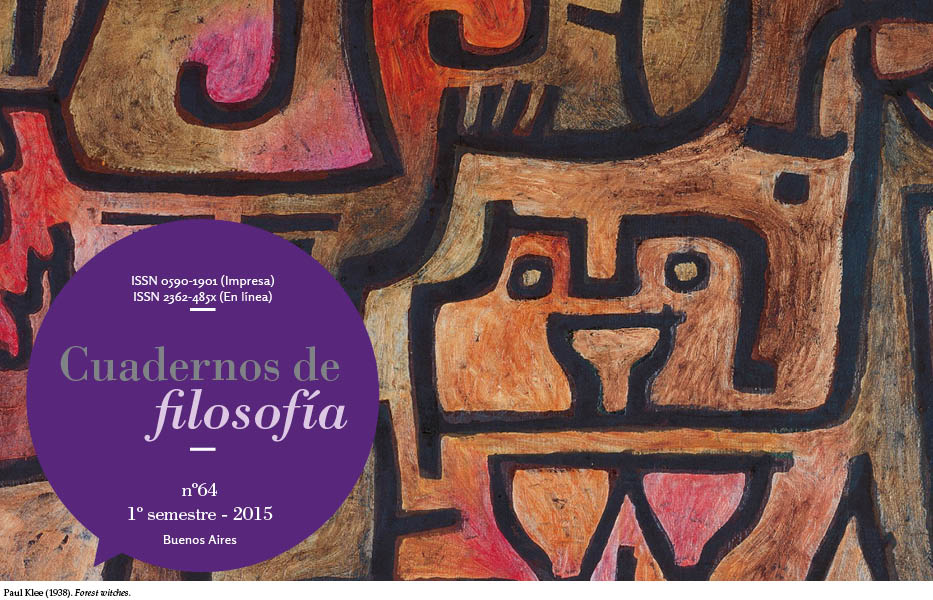Soul’s forge: Porphyry’s criticism to the Stoic embryology
Abstract
According to the Stoic embryology, the embryo is still nature, that is, it has the life assigned to plants, not to animals. The Stoic Hierocles points out that the soul “exceeds” nature because it has two psychic powers –impulse and sensation- absent in nature (Elementa Ethica 1.5-35; BS 13.9; LS53B) .The embryo, therefore, as plants, has no sensation, presentation and impulse. Indeed, Stoics believe that the embryo lacks impulse, but their argument is more difficult to defend with respect to the lack of sensation. Porphyry, in his Ad Gaurum, deals with the question of how the embryo receives the soul, subject in which he confronts with the Stoic thesis. The entrance or incorporation of the soul into the body, identified with the embryo, takes place from the outside (ἔξωθεν). Porphyry refers to Aristotle (De anima 2.5.417a5-9), when he explains that the soul has no perception in the absence of external objects, as well as fuel can not ignite isolated as it needs external fire. Plotinus’ disciple takes the Aristotelian analogy between perception and inflammation, again, but states that the latter can arise without fire in contact with fuel. The nature that governs the embryo starts moving and becomes soul, adapting itself to the environment, as if tempered by the cold air outside. In his treatise Ad Gaurum (14.4.23-29), Porphyry criticizes this Stoic theory about the “tempering of the embryo”, that it can be put in connection with the embryological view expressed in Elementha Ethica of Hierocles. This testimony, where Chryssipus name is mentioned and not included in editions and translations of Stoic texts (nor in the SVF neither in the recent collection of Boeri-Salles), seems to us that provides relevant elements.Downloads
Los autores/as que publiquen en esta revista aceptan las siguientes condiciones:
Los/as autores/as [traductores/as] conservan los derechos de autor/a y ceden a la revista el derecho de la primera publicación, con el trabajo registrado con Licencia Creative Commons Atribución-NoComercial-CompartirIgual 4.0 Internacional, que permite a terceros utilizar lo publicado siempre que mencionen la autoría del trabajo y a la primera publicación en esta revista.
Los/as autores/as pueden realizar otros acuerdos contractuales independientes y adicionales para la distribución no exclusiva de la versión del artículo publicado en esta revista (p. ej., incluirlo en un repositorio institucional o publicarlo en un libro) siempre que indiquen claramente que el trabajo se publicó por primera vez en esta revista.
Se permite y recomienda a los/as autores/as a publicar su trabajo en Internet (por ejemplo en páginas institucionales o personales).
Políticas de detección de plagio
La colaboración de los y las editores/as, autores/as y evaluadores/as de esta revista y la guía de ética de los procesos editoriales se rige por los Principios de transparencia y buena práctica en publicaciones académicas del Committee on Publication Ethics (COPE) disponible aquí.
Todos los artículos enviados a esta publicación serán supervisados mediante una búsqueda online.







